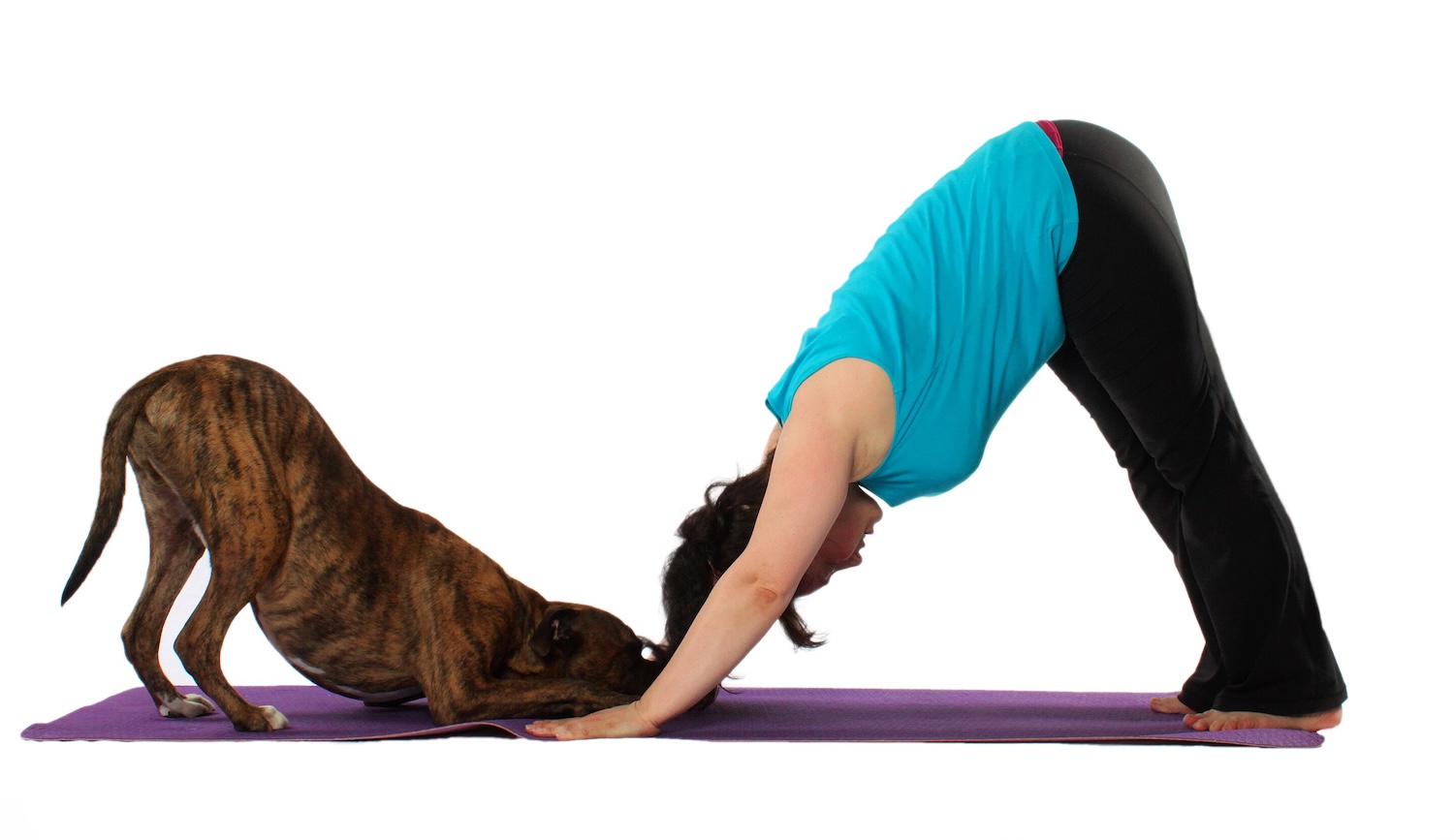अधोमुखश्वानासन (Adho Mukha Śvānāsana) - Downward Dog Pose in Sanskrit

Etymology and Sanskrit Roots
The Sanskrit term adho mukha śvānāsana breaks down into:
- Adhas (अधस्): Downward
- Mukha (मुख): Face
- Śvāna (श्वान): Dog
- Āsana (आसन): Pose
This compound word perfectly describes the posture's visual resemblance to a dog stretching forward with its head lowered.
Meaning and Cultural Significance
In traditional yoga philosophy, this asana represents:
- The balance between effort and surrender (like a resting yet alert dog)
- An inverted perspective to see things differently
- Grounding through the hands and feet while elevating the hips
Ancient texts describe this as a preparatory pose for more advanced inversions, teaching body awareness and alignment.
Common Usage in Sanskrit Yoga
अधोमुखश्वानासन में स्थिर रहें (adho mukha śvānāsane sthira raheṁ) - "Stay steady in downward dog"
हाथों से जमीन दबाएं (hāthoṁ se jamīn dabāeṁ) - "Press the ground with your hands"
कूल्हों को ऊपर उठाएं (kūlhoṁ ko ūpar uṭhāeṁ) - "Lift your hips upward"
Related Sanskrit Yoga Words
- उर्ध्वमुखश्वानासन (ūrdhva mukha śvānāsana): Upward-facing dog
- प्रसरण (prasaraṇa): Stretching/extending
- विपरीत (viparīta): Inverted/reversed
- हस्तपाद (hasta pāda): Hand-to-foot (relating to alignment)
Learning Points for Yoga Students
- Foundation Pose: Appears in Sun Salutations (Sūrya Namaskāra) sequences
- Alignment Cues:
- Hands shoulder-width, feet hip-width
- Create an inverted "V" shape
- Breath Pattern: Long exhales help deepen the stretch
- Modifications: Bent knees acceptable for beginners
Sanskrit Grammar Notes
This is a Bahuvrīhi compound (a type of descriptive compound in Sanskrit) where:
- The whole phrase describes the pose's appearance ("having the face downward like a dog")
- The word order follows Sanskrit's logical sequence: direction (adho) → body part (mukha) → reference object (śvāna) → category (āsana)
Physical Benefits and Practice
Regular practice helps:
- Strengthens arms, shoulders, and legs
- Stretches hamstrings, calves, and spine
- Improves digestion through gentle abdominal compression
- Calms the mind by encouraging blood flow to the brain
- Relieves back pain by decompressing vertebrae
Practice Tip: Imagine your hips being pulled upward while your hands and feet root downward.
Cultural Context
In Indian tradition:
- Dogs symbolize loyalty and present-moment awareness
- The downward position represents humility before the divine
- Often practiced facing east at sunrise in classical yoga
The pose appears in 20th century yoga texts but may derive from older warrior preparation stances.
Modern Usage
Today this asana is:
- One of the most recognized yoga poses globally
- Used in vinyasa, hatha, and restorative yoga styles
- Frequently modified with props (blocks, straps)
- A transitional pose between sequences
Many studios use both the Sanskrit and English names interchangeably.
Conclusion
Adho Mukha Śvānāsana serves as both a foundational posture and a complete practice unto itself. By understanding its Sanskrit roots and cultural significance, practitioners deepen their mind-body connection. Whether you're a beginner or advanced yogi, revisiting this pose's fundamentals reveals new layers of awareness.